Table of Contents
Quality Service Guarantee Or Painting Free

Get a rental agreement with doorstep delivery

Find the BEST deals and get unbelievable DISCOUNTS directly from builders!

5-Star rated painters, premium paints and services at the BEST PRICES!
Loved what you read? Share it with others!
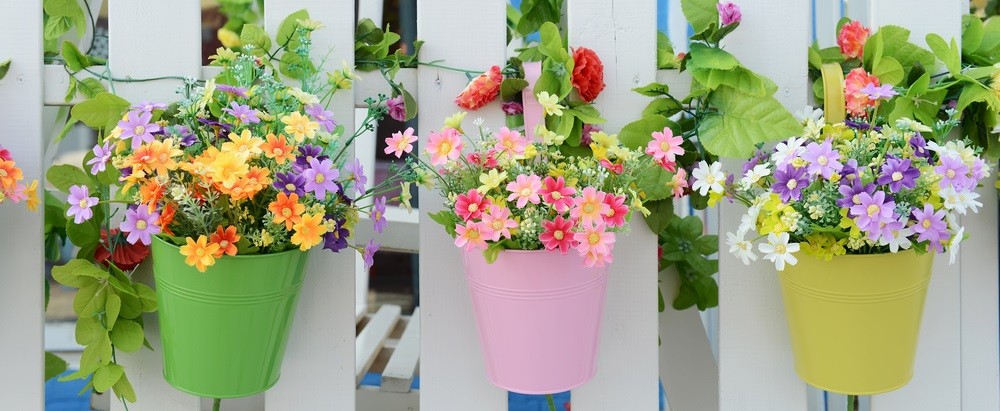

Submit the Form to Unlock the Best Deals Today
Check Your Eligibility Instantly

Experience The NoBrokerHood Difference!
Set up a demo for the entire community
The Best Flowering Plants for Indian Winters 2025
Table of Contents
As the crisp air and gentle sunshine of Indian winters roll in, it's the perfect time to enhance your garden with the beauty of flowering plants. In this guide, we'll explore a selection of the best flowering plants for Indian winters, bringing vibrancy and charm to your outdoor space during this pleasant season.
Amidst India's winter, certain flowers defy the cold and grace the land with their colours. These strong perennial blossoms add beauty to gardens. Picking the right ones means choosing tough types that thrive in the chilly weather:
1. Gazania
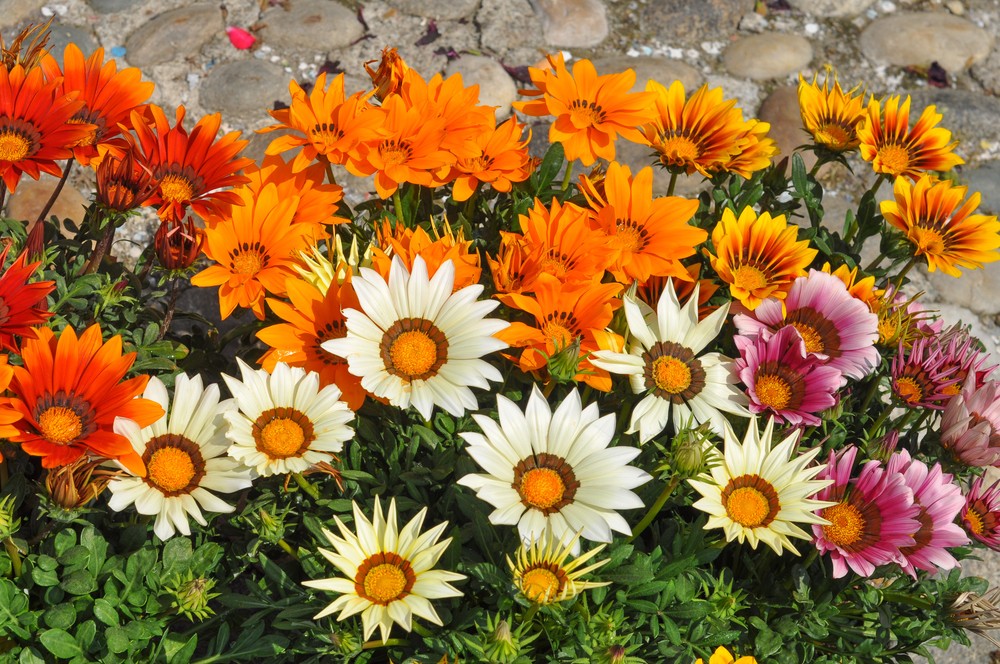
This is a perennial plant that has beautiful daisy-like flowers. There is nothing more beautiful to look at on stark winter mornings than these brightly coloured winter flowers in India. They require direct sunlight and the winter sun works well for them. You can either grow them using seeds or buy pre-potted plants at the nearby nursery.
Quality Service Guarantee Or Painting Free

Get a rental agreement with doorstep delivery

Find the BEST deals and get unbelievable DISCOUNTS directly from builders!

5-Star rated painters, premium paints and services at the BEST PRICES!
2. Marigold
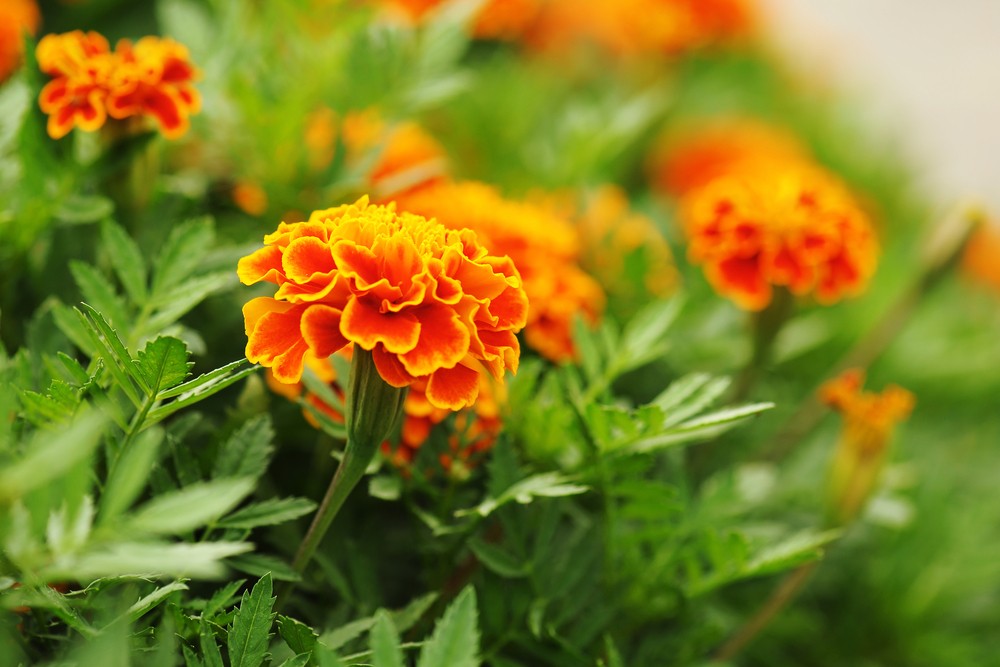
These are the most common and easily grown flowering plants in India. They come in a variety of colours such as yellow, white, gold, copper, orange, red and mixed colours and there are 33 species of the plant. They can grow from seeds and cuttings and the best part is, these winter flowering plants in India thrive under most circumstances (except extreme heat).
3. Cockscomb or Celosia
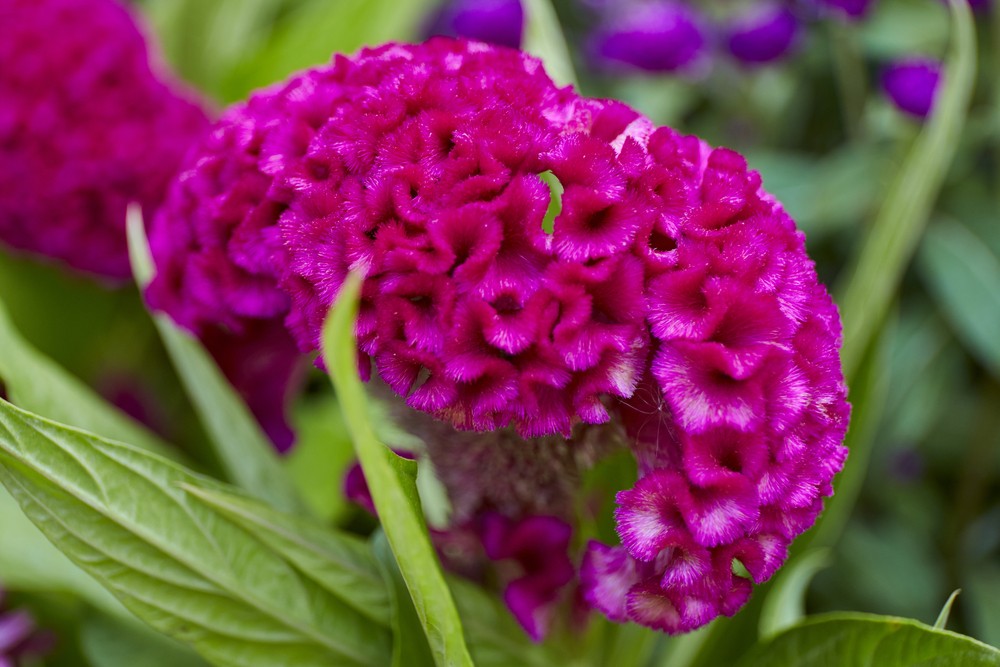
These flowering plants have been said to come from dry slopes of Africa and India and are now also present in England as well as North and South America. The clusters of flowers are said to look like the rooster’s comb and thus got the name Cockscomb. Flower colours include red, yellow, orange, gold, and pink. These flowers in winter season in India grow easily from seeds and require sunlight and well-hydrated soil.
4. Calendula
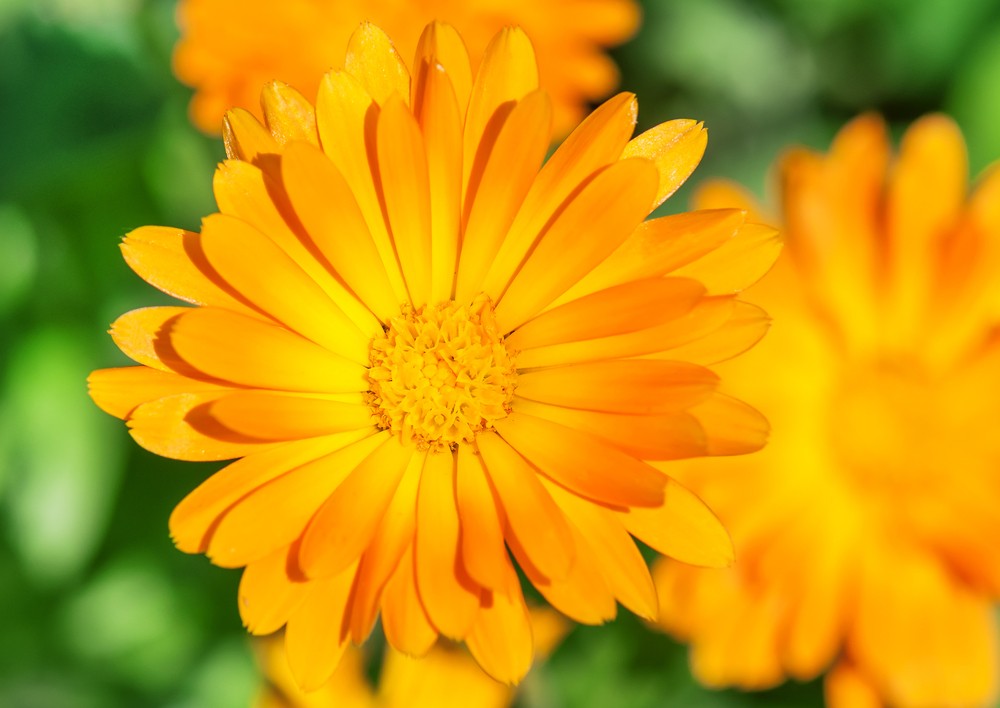
This is widely used as a sacred flower and one can find it adorning statues in India. It’s also popularly known for its medicinal values. You can find it used in creams, mouthwash, shampoos and so on. It’s easy to grow and requires moderate care.
We hope these plants brighten up your winter. If you need more space for your garden, why not let NoBroker help you find the right house with a garden for all your needs so that you can extravagantly display the natural blooms of your winter flowers?
5. Ixora
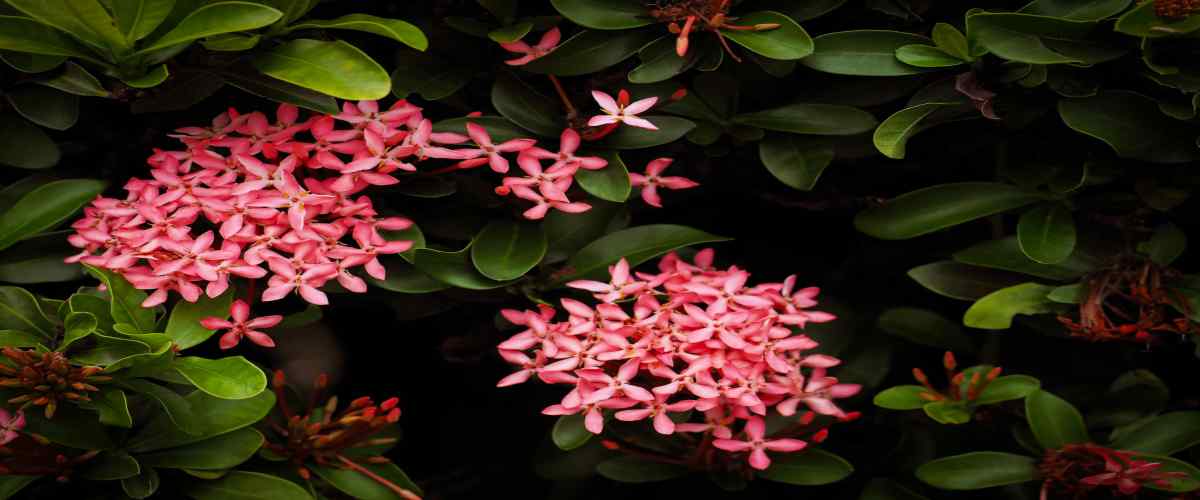
One of the most popular summer garden plants is Ixora. The plants are primarily red, yellow, and vivid orange in colour. Many gardeners favour them because of how easily they grow and can be maintained. Ixora, which has over 500 species, blooms frequently in the summer and occasionally even in the winter. In actuality, Ixora Coccinea, a variety of it, blooms in the winter. Ixora Coccinea is a relative of the summer-blooming Ixora and is indigenous to Sri Lanka, Bangladesh, and Southern India. In South Florida, it is one of the shrubs that bloom the most. There are tall and dwarf sizes available. The flower is used to treat dysentery as well as astringents. In China and India, these plants are primarily used to alleviate fever and headaches.
6. Lantana
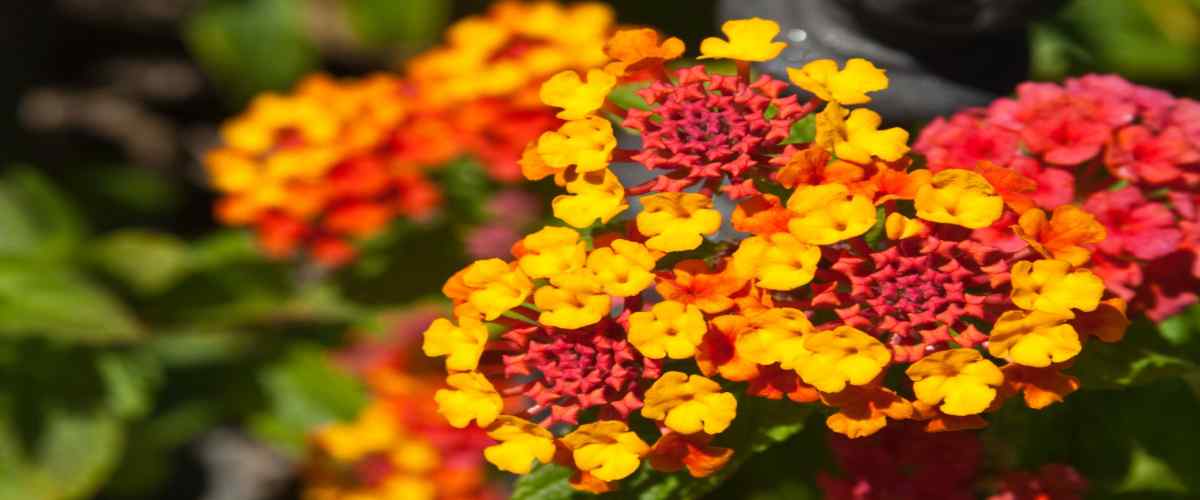
Although it has large, colourful leaves and resembles a vine, lantana is really classified as a shrub. They are available in a wide range of hues, including but not limited to red, white, yellow, orange, and purple. These hues can be used to produce a bicoloured appearance, which can only serve to enhance the overall beauty of the garden. These winter seasonal flowers in India produce amazing foliage but do not smell as wonderful as they look.
7. Kalanchoe
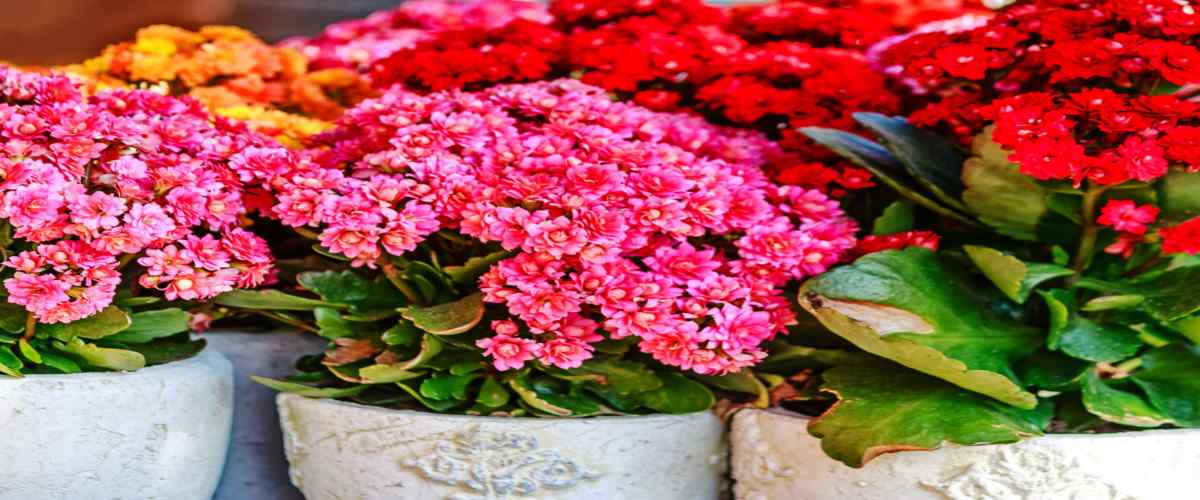
Yellow, red, pink, orange, and white make up the very vivid, crisp hues of kalanchoe, which always blooms in a bunch to provide the garden with numerous little bouquets of vibrantly coloured plants. The plant can reach a height of up to 12 inches and needs very little upkeep. All you need to do is give the plant plenty of light and a well-drained potting mix, and you're ready to go.
8. Snapdragons
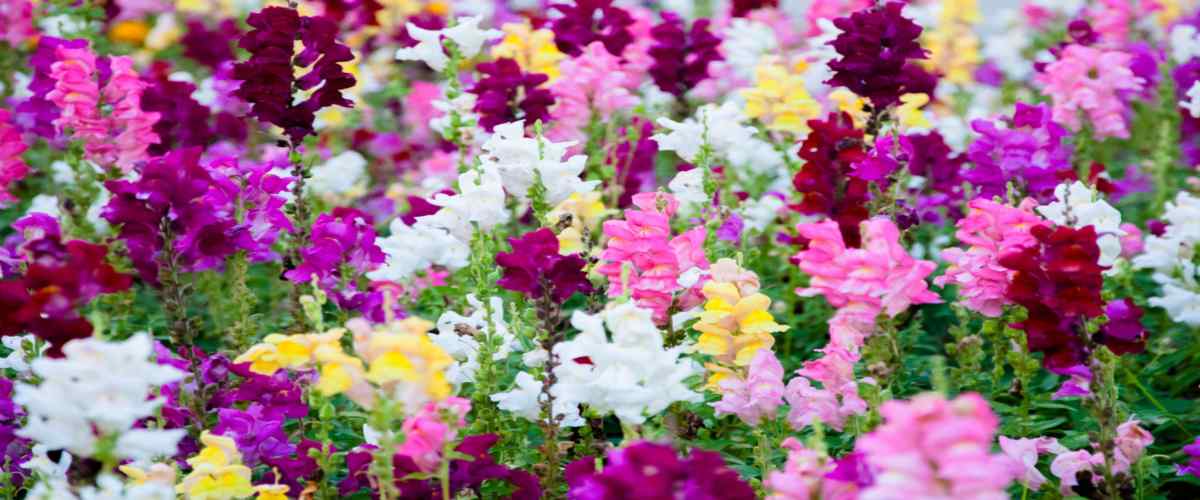
Because of how much they resemble a dragon's face, snapdragons are sometimes referred to as antirrhinum and dragon flowers. The snapdragon plant comes in a variety of colours and loves to grow in cooler climates. These plants, which are native to North America and Europe but may also be grown in India, can reach heights of 6 to 48 inches, depending on the variety. Tumours and ulcers are treated with them. They are primarily used to treat all forms of inflammation and are both resolvents and stimulating.
9. Milii
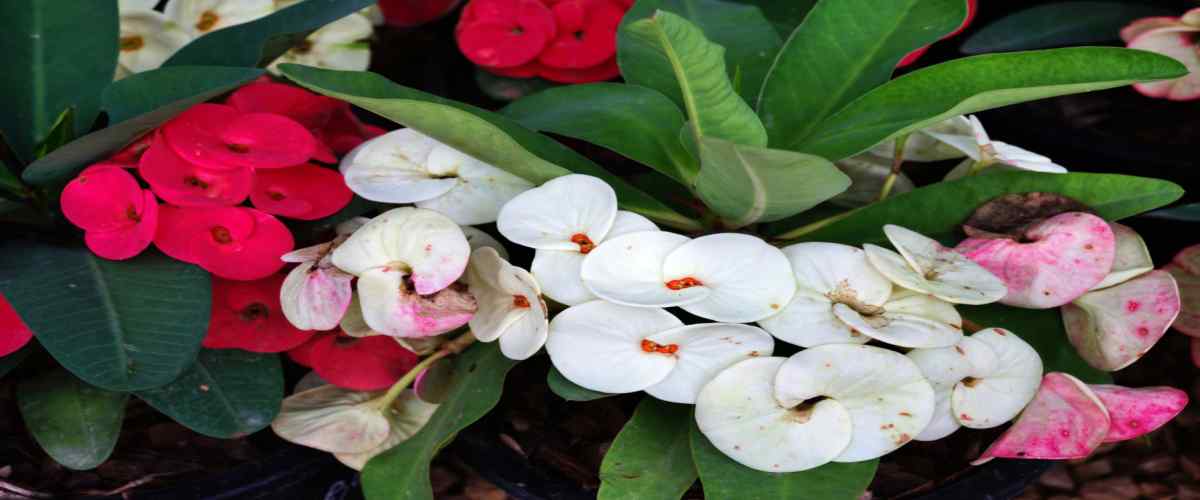
Milii is sometimes referred to as the Christ plant or Christ thorn in several cultures. Although it is native to Madagascar, several botanists have discovered that India also makes a good home for this plant. Milii can therefore be grown in various areas of the nation where the climate is warm and the soil is healthy and moist. This plant’s naturally tiny blossoms offer the gardener a type of singular experience. Milii plants typically require relatively little maintenance, therefore taking care of these winter-blooming flowers is rarely a difficult task.
10. Alyssum
Alyssum is a delicate flowering plant that thrives in Indian winter climates. Its clusters of small, sweet-scented flowers come in various shades and attract pollinators. Ideal for borders and containers, alyssum adds a touch of elegance to gardens with its low-growing, spreading habit.
11. Dahlias
Dahlias bloom splendidly during Indian winters, displaying a diverse range of flower shapes and vibrant colours. These tuberous plants make stunning focal points in gardens and can be grown in various sizes. With proper care, dahlias produce captivating blooms that add charm to the winter landscape.
12. Nasturtiums
Dahlias bloom splendidly during Indian winters, displaying a diverse range of flower shapes and vibrant colours. These tuberous plants make stunning focal points in gardens and can be grown in various sizes. With proper care, dahlias produce captivating blooms that add charm to the winter landscape.
13. Phlox
Winter-blooming phlox varieties paint gardens with their enchanting, fragrant flowers. Available in numerous shades, these perennials create stunning ground covers or accents. Their resilience in cooler weather makes them a go-to choice for adding splashes of colour and fragrance to Indian winter landscapes.
14. Nemesia
Nemesia’s petite, cheerful flowers flourish in Indian winter climates, providing a delightful range of colours and a sweet fragrance. These compact plants that bloom in winter are well-suited for borders, containers, and hanging baskets. Their ability to thrive in cooler weather makes them a captivating choice for winter displays.
15. Osteospermum
Osteospermum, commonly known as African daisies, showcases daisy-like blooms in vivid hues during Indian winters. These resilient plants thrive in cooler temperatures and make striking additions to gardens, contributing a pop of colour and a touch of wildflower charm.
16. Petunia
Petunias bloom generously in Indian winter months, gracing gardens with their trumpet-shaped flowers in various shades. These versatile plants can be grown in beds, borders, or hanging baskets, offering abundant blossoms and a versatile range of colours to uplift winter landscapes.
17. Cineraria
Cineraria S vibrant, daisy-like flowers brighten up winter gardens with a spectrum of hues. These compact plants prefer cooler temperatures and are often used as bedding plants or in containers. Their ability to withstand chilly conditions makes them a valuable addition to Indian winter landscapes.
18. Eranthis Hyemalis
Eranthis hyemalis, also known as winter aconite, heralds the arrival of Indian winters with its golden cup-shaped flowers. These small, perennial plants thrive in cooler temperatures, often peeking through the snow to provide an early burst of colour and beauty.
19. Viola tricolour
Viola tricolour, or wild pansy, boasts charming, multi-coloured flowers that thrive in Indian winter climates. Also known as winter pansies, these low-growing perennials are well-suited for borders, rock gardens, and containers. Their cold tolerance and delicate blossoms make them a cherished addition to winter landscapes.
20. Trachelospermum Jasminoides
Trachelospermum jasminoides, commonly known as winter jasmine, adorn gardens with fragrant, star-shaped white flowers during Indian winters. This evergreen climber is ideal for trellises, fences, or as ground cover. Its winter blooms and sweet scent enhance the outdoor environment.
There are a few factors that you need to take into consideration such as-
- Plants show a very slow rate of growth in winter so don’t be alarmed and don’t expect very young saplings to show good results.
- Just because it’s cold does not mean plants need less water. See to it that the soil is kept well hydrated. Don’t over or under water.
- Flowering plants require 6-7 inches of soil to grow healthily.
To avoid these heartbreaks and disasters, we suggest you get the right kind of flowering plants for Indian winters that will thrive perennially.
How Can NoBroker Help?
Whether you have an expansive backyard or a tiny balcony, these spaces can be perfect to grow colourful, floral plants. If you’re looking for a home with that beautiful garden space or a scenic balcony overlooking the city, why not let NoBroker help you find the right house with all your needs so that you can extravagantly display the natural blooms of your winter flowers?
This way, you can extravagantly display the natural blooms of your chosen winter flowers. NoBroker understands the importance of creating your floral oasis, and with our help, you can discover the perfect property to cultivate the best flowering plants for Indian winters, turning your outdoor space into a captivating floral haven.

FAQ's
Winters are crucial in India for the survival of several plants in India as different regions across the vast country experience the winter cold differently. The southern states experience a temperate winter whereas the northern mountainous regions go through a colder climate.
Yes, you need to water winter flowering plants, but less frequently than in the summer. Water deeply when the soil is dry to the touch, but avoid overwatering, which can lead to root rot. The amount of water your plants need will vary depending on the type of plant, the climate, and the amount of sunlight they receive.
The best fertiliser for winter plants in India is a balanced fertiliser with an NPK ratio of 10-10-10 or 12-12-12. This type of fertiliser will provide your plants with the nutrients they need to thrive in cold weather. You can also use a fertiliser specifically designed for winter flowering plants. These fertilisers typically have a higher concentration of phosphorus, which helps to promote flowering.
You can use any wormy compost or natural manure compost or even purchase a mix of NPK or Nitrogen, Phosphorus, and Potassium, all of which are easily available in the market.
You can plant winter flowering plant seeds in up to 5 inches of soil (in a pot of 6-8 inches) with the seed about 2 inches deep. After sprinkling water for about 6 weeks, you will be able to see a seed sprout into a sapling.
Loved what you read? Share it with others!
Most Viewed Articles

15 Safety Rules at Home for Kids
May 18, 2020
415891+ views
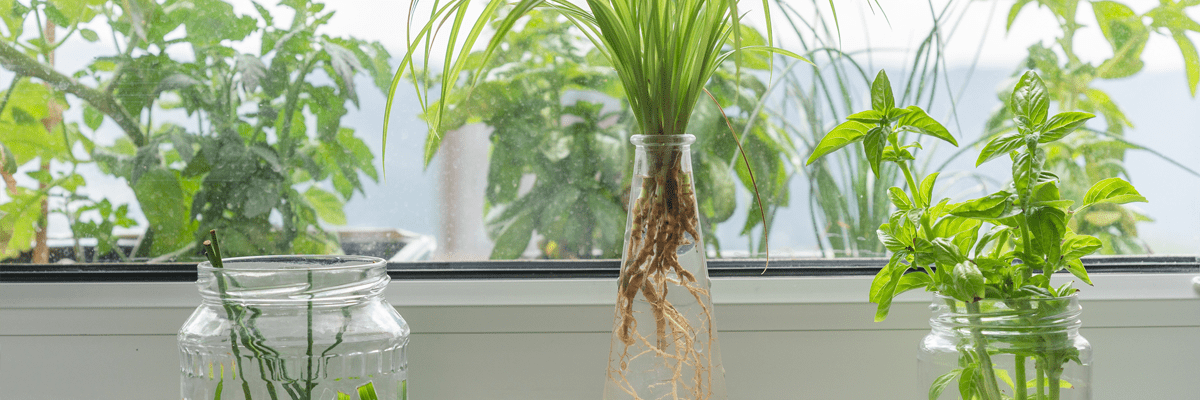
Plants That Need Only Water to Grow and How it is Different from Hydroponics
July 27, 2023
121054+ views
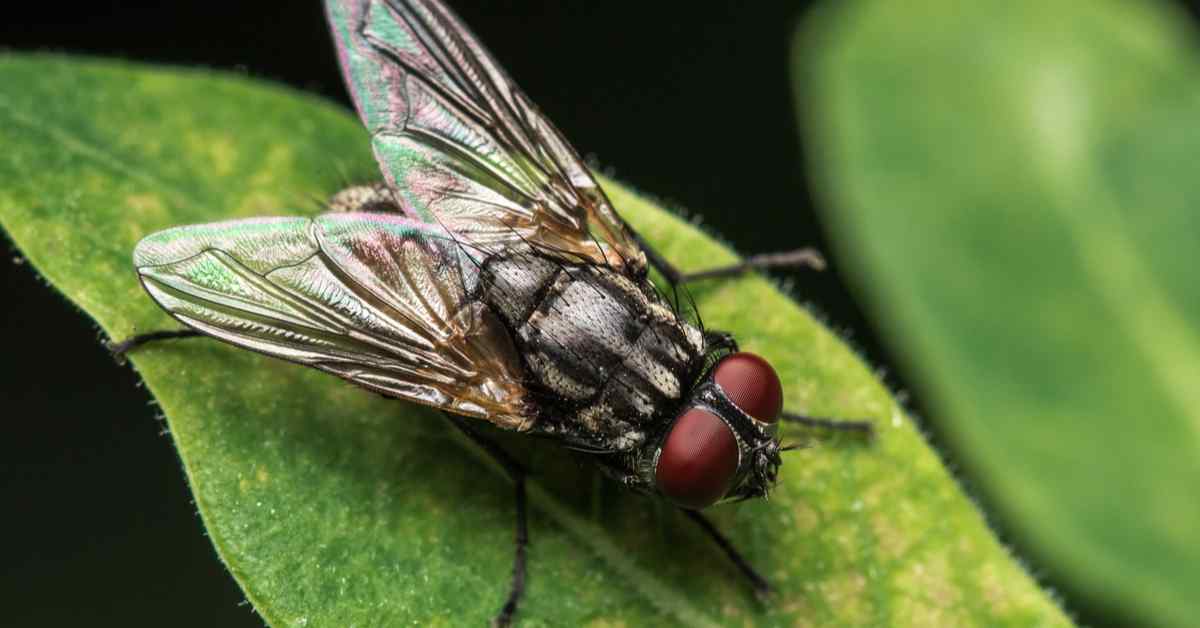
The Ten Most Effective Ways to Get Rid of those Buzzing Houseflies!
January 31, 2025
31783+ views

Kutcha House - Construction, Purpose and Significance!
January 15, 2025
31190+ views

Best Out-of-Waste Ideas to Decorate Your Home
January 31, 2025
26077+ views
Recent blogs in
5 Budget-Friendly Ways to Decorate Your Balcony
January 31, 2025 by NoBroker.com
How to Keep Your House Smelling Good All the Time?
January 31, 2025 by NoBroker.com
DIY Christmas Decoration: Tree Craft and More
January 31, 2025 by NoBroker.com
The Best Flowering Plants for Indian Winters 2025
January 31, 2025 by NoBroker.com
Lohri 2025: The Importance and Significance Of Lohri Festival
January 31, 2025 by NoBroker.com





Join the conversation!